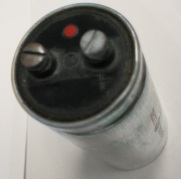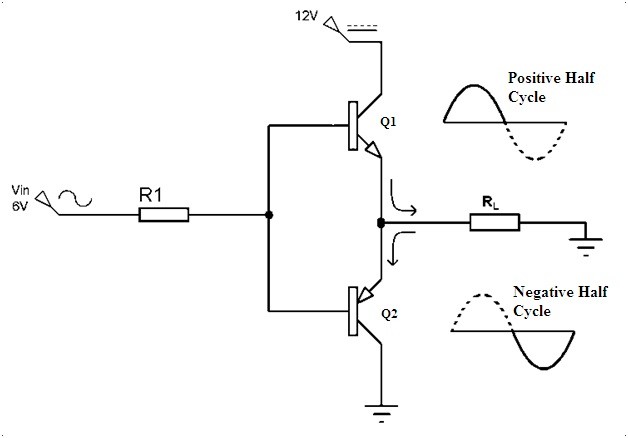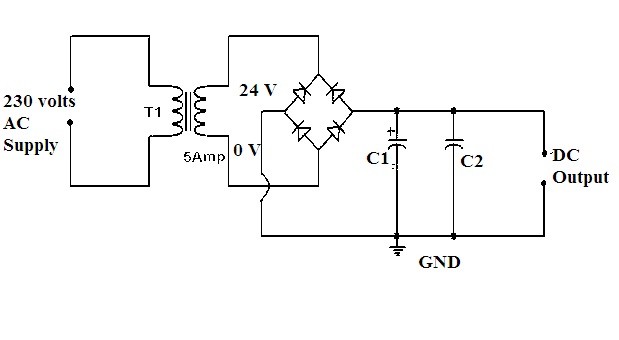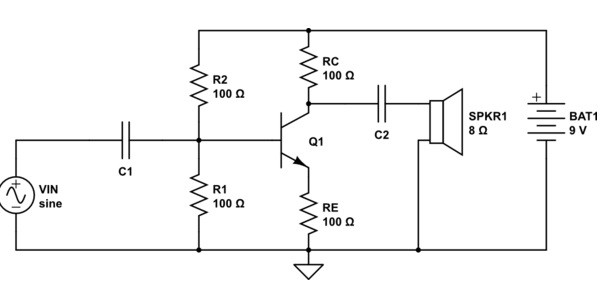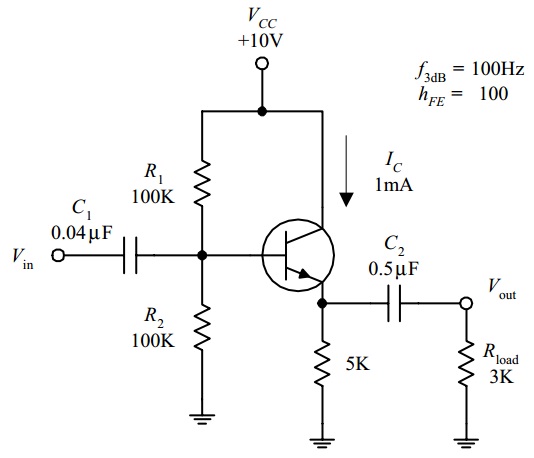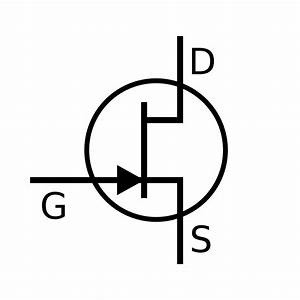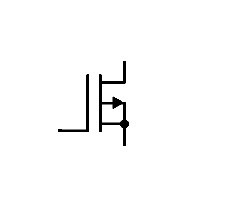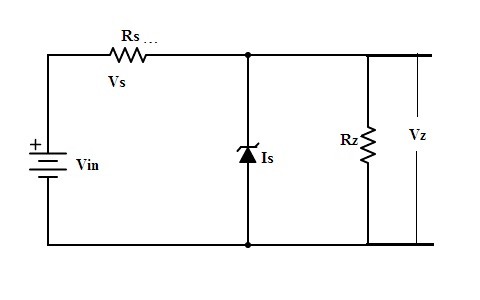Variable Capacitor is one of the type of basic capacitors. Based on the capacitance, capacitors are classified under two categories. These are referred to as ‘Fixed Capacitors' and the ‘Variable Capacitors'. The capacitors with the capacitance value are fixed are known as ‘Fixed Capacitors'. Similarly, the capacitors that are with varying amounts of capacitance are known as Variable Capacitors. This type of capacitor has the capability of changing the values of its capacitance either … [Read more...]
Capacitor Polarity, Identification of Polarities for Various Types
Capacitor Polarity is an important point to be considered during the connections. There are various capacitors, some of them are ‘polarized' and some are classified under the category of ‘non-polarized'. Both types possess ‘two terminals’. The difference between these two types of capacitors is very simple. If the capacitors considered are polarized then the terminals classified are referred to as ‘Anode' and ‘Cathode'. These must be connected based on the supply's polarity. If the capacitors … [Read more...]
Non-Inverting Amplifier Circuit Diagram, Gain & Applications
The non-inverting amplifier is the basic circuit obtained from amplifiers. As it name goes the circuit helps in achieving the non-inverted output at the final stage. Although the inverting amplifier is preferred in many cases it has two drawbacks. Firstly, the output obtained at the final stage of it is an inverted one. Obtaining an inverted output further requires any other setup to be connected to further invert the inverted output. The second drawback which is the most major one is that the … [Read more...]
Push-Pull Amplifiers Circuit Diagram, Working and Applications
Push-pull amplifiers are the combinations of two bipolar junction transistors that is one of P-N-P type and the other is of N-P-N type. In this combination one act as push type and the other acts as pull type. If the single-stage amplifiers are utilized lot of heat dissipation occurs in the circuit and so the efficiency is less though it gives 90% amplification of the input signal. But where the higher values of efficiency are concerned then these amplifiers with two stages are utilized. One … [Read more...]
Power Amplifier Circuit Diagram, Types and Applications
Basics of Power Amplifier Power amplifier are the basic category of amplifiers which is used to amplify the power of the input signal which may be either a digital signal or an analog signal from few milli watts to several milli watts depending on the need of amplification. These types of amplifiers are found in almost every analog to digital devices sorrounding us. From radio tuners to microwave to laptops to cell phones use power amplifiers in some form or the other. What is a Power … [Read more...]
Audio Amplifier Circuit, Working, and Applications
Audio amplifier is the basic circuit configuration that is required to amplify, the audio signal received through a device like a microphone or the audio signal that is to be transmitted out through a speaker/ Radio device/Wireless transmitter etc. In early stages, in the year around 1912 vaccum tubes where used for audio amplification but at around 1970s it was replaced by BJT and MOSFETS. ClassD power amplifiers (which uses transistors/MOSFETS) are the most widely in audio amplification. … [Read more...]
Amplifier – Construction, Working, Types, and Applications
An amplifier can be considered as the basic electronic device. These amplifiers do exist in various types. Based on the operations performed in various modes and the types of configurations used the amplifiers are classified. The basic operation of these devices is to enhance and increase the strength of the applied input signal. Amplifiers can be classified under various categories it may be an operational amplifier, small-signal strength, and large-signal or power amplifiers. These devices … [Read more...]
Junction Field Effect Transistor : Working, Characteristics & Applications
A JFET or Junction Field Effect Transistor is a transistor that classified under the category of FET. These are known for its voltage-controlled transistors where it doesn’t depend on the current for biasing. These consist of source, gate and drain as its terminals. This transistor comes under unipolar devices. The reason for this is that the conduction is dependent on the majority of the charge carriers. These FETs has the capability of consuming lesser amounts of power. It can be manufactured … [Read more...]
What is P-Channel MOSFET : Working and Its Characteristics
P-Channel MOSFET is a classification of Metal Oxide Semiconductor Device. This consists of the n-substrate in the middle with light doping concentration. These are the three terminals devices. It possesses uni-polar characteristics because its operation is dependent on the majority of the charge carriers. In this, the majority of the carriers are holes because of two p materials utilized in the circuitry. It is further classified based on the existence of the channels. If the channel exists by … [Read more...]
Zener Diode Working and Its Characteristics
A basic semiconductor diode can operate in forward bias but it cannot conduct during reverse bias. The special type of diode that can conduct in reverse bias is referred to as a Zener diode. This diode can conduct in forward bias just like a normal diode. The junction for the Zener diode will be heavily doped. Because of this reason, it can work as normally as a basic junction in forwarding bias and can tolerate the reverse currents during reverse bias. The main purpose of it is to use in … [Read more...]
- « Previous Page
- 1
- …
- 4
- 5
- 6
- 7
- 8
- …
- 11
- Next Page »

